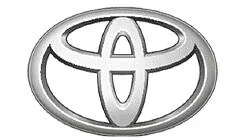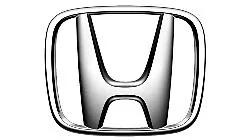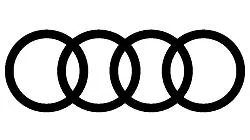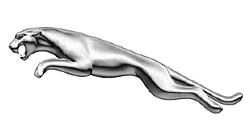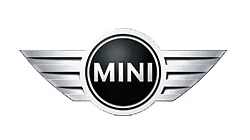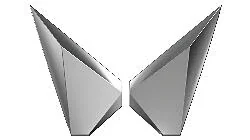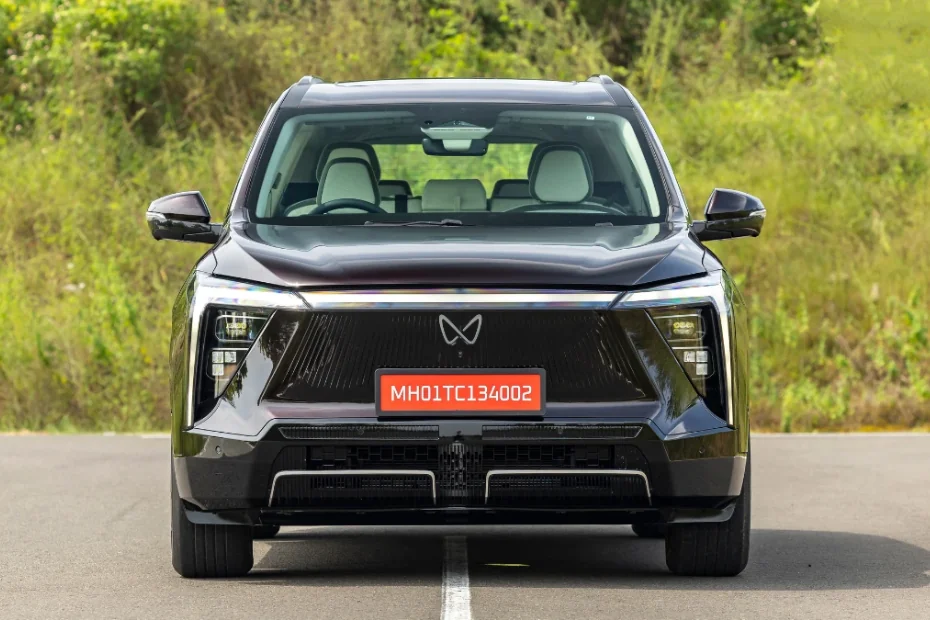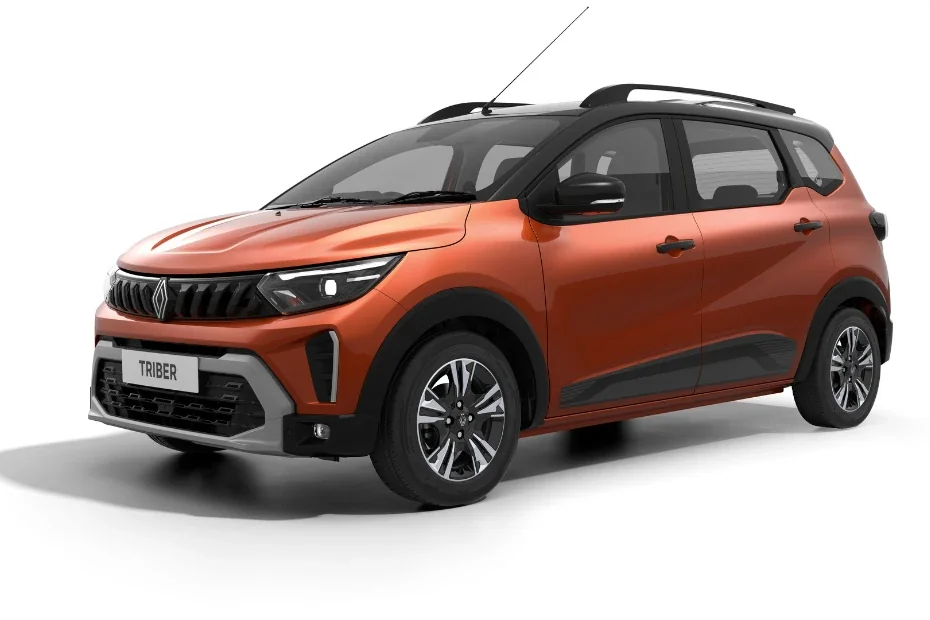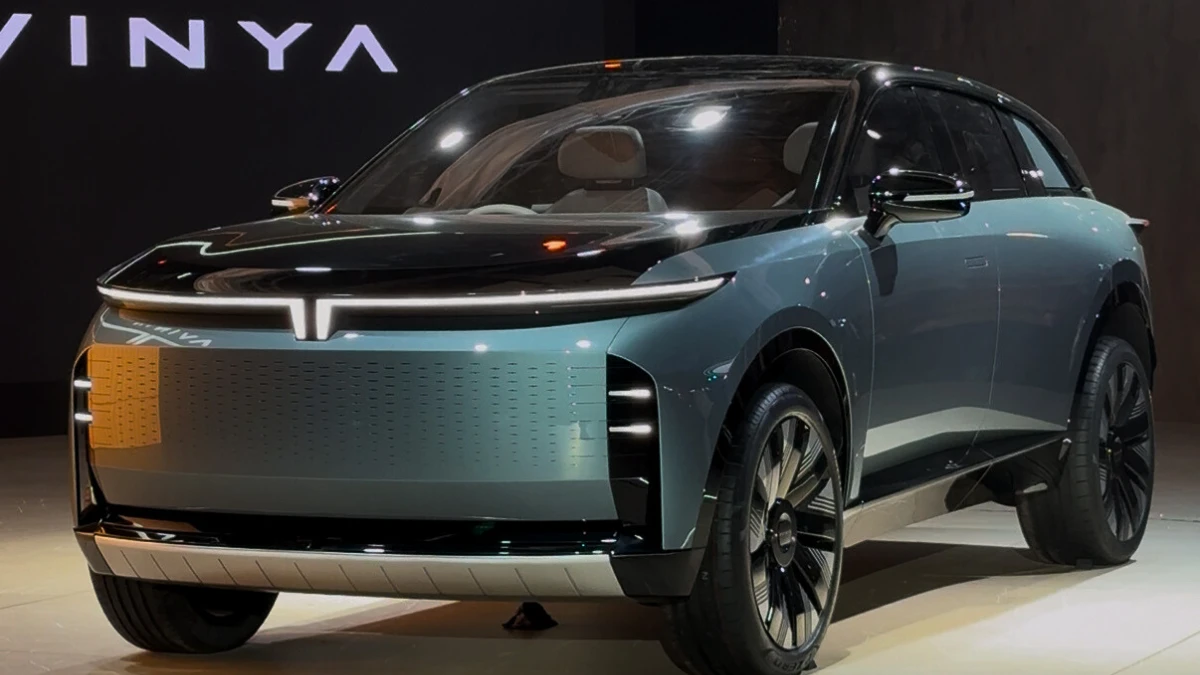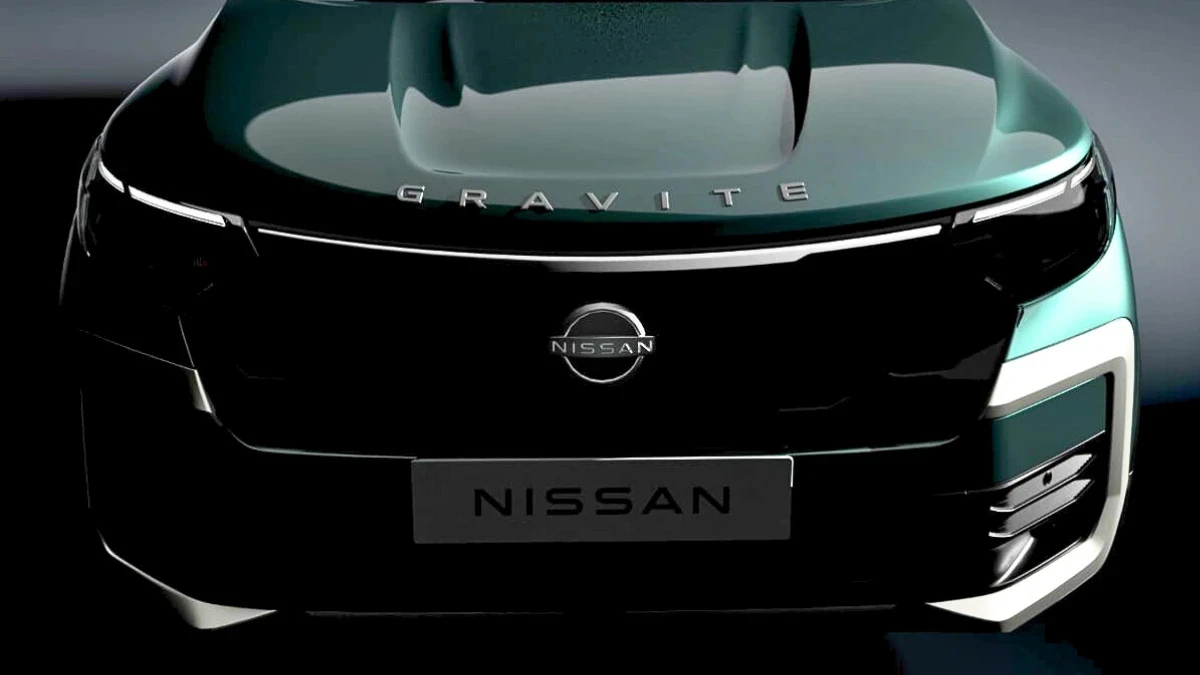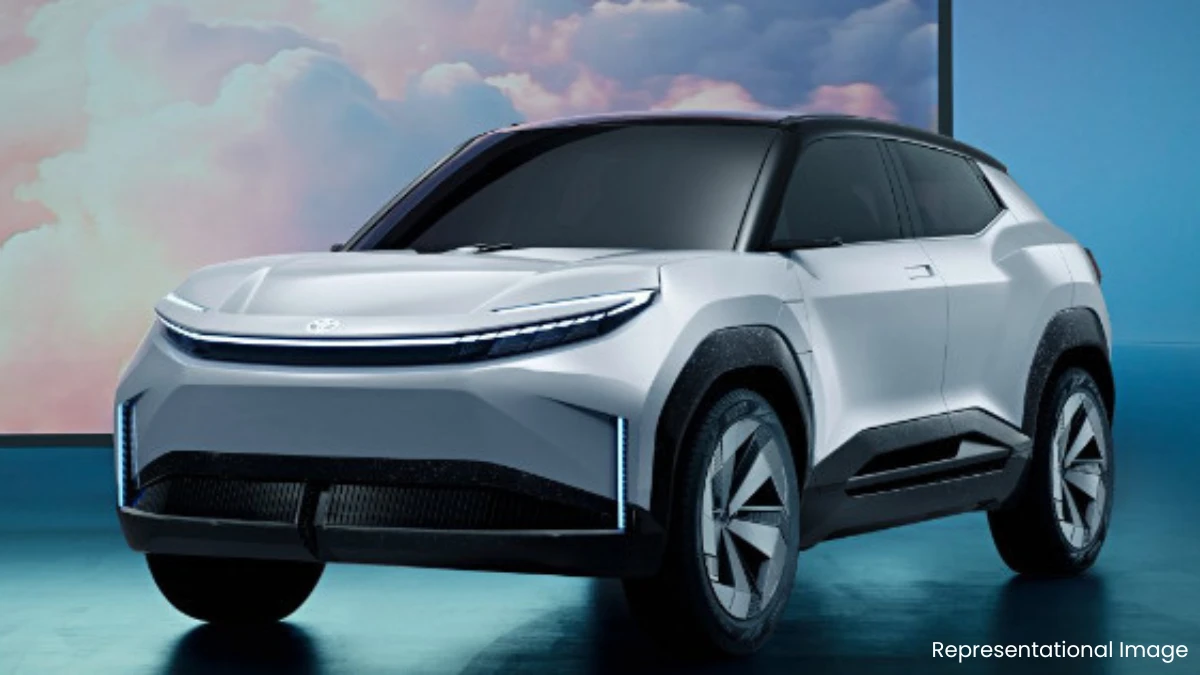
Volkswagen Virtus: Pros & Cons
|
Pros |
Cons |
|
|
|
|
|
|
A short while ago, we brought you a story of a car that changed the fortunes for the sedan segment in the Indian auto market. Continuing our journey to find if sedans are still worth their money, we test Volkswagen’s latest offering, the Virtus. We test drove the vehicle extensively to find if it is better than the Skoda Salvia and Honda City in terms of spaciousness, driving characteristics and premiumness.
Read Also: Skoda Slavia 1.0 TSI AT: Expert Review
Volkswagen Virtus: Exterior Design

Having lived with the Skoda Slavia previously, we can affirm to one thing that the Volkswagen Virtus is nothing like it. While one was all prim, proper, the other is sharp, sporty and mean in appearance. Despite being based on the same MQB-A0-IN platform, the Virtus is 20 mm longer than its cousin. Gone are the crystalline detailing and in comes black detailing all around.
|
|
Skoda Slavia |
Volkswagen Virtus |
|
Length (mm) |
4541 |
4561 |
|
Width (mm) |
1752 |
1752 |
|
Height (mm) |
1507 |
1507 |
|
Wheelbase (mm) |
2651 |
2651 |
|
Boot Space (Litres) |
521 |
521 |
Talking about the external appearance, we see the crystalline detailing of the Slavia has made way for gloss black detailing all-around. Up front we see a wide face courtesy a larger air dam that’s sits below the sleek signature Volkswagen grill. The grille is flanked by sharp looking LED projector headlamp set-up with L shaped DRLs and houses the VW badge at the centre along with the GT badge on top-end trims.

From the side, we get a good view at the new blacked-out 16-inch alloy wheels, GT badge on the front fender and the overall length of the sedan. Adding character to the overall design of the side profile is the strong shoulder line that flows from the front fender to the tail lamp. At the rear, changes are minimal with a similar boot door but a different design for the taillamp and bumper. Also new to the Virtus is the gloss black boot lip spoiler (Only on GT-Line) that confirms the sporty intent.

So overall, the Virtus is familiar, yet a different car from the outside with its black elements and long profile. Let’s go on the inside and see if that can match-up to the exterior.
Read Also: Hyundai Venue N-Line: First Drive
Volkswagen Virtus: Interior Layout

The first thing you notice when you step into the Virtus’s cabin is the lack of light. While the lower trims use a combination of black and beige for the interiors, the top-of the-line GT trim we had comes finished in an all-black theme. The only dash of colour to the otherwise dark cabin is the red highlight trim along with the ambient light that surrounds the entire dashboard. In terms of equipment, the sedan comes provided with a large 10-inch touchscreen infotainment system, fully digital instrument cluster, ventilated front seats, wireless charger, automatic AC and more. New elements to the VW’s cabin include an all-new dashboard design featuring a large gloss black plastic in place of a layered design and a new steering wheel with red stitching. While the feature list matches that of other cars built on the MQB-A0-IN platform, the Virtus differentiates itself from the rest with a new steering wheel design offering red stitching and a new dashboard design that features a large slab of gloss black plastic along with an in-dash touchscreen unit.

Compared to the Slavia, the Virtus misses out on simple clever features like a phone pocket in the rear seat, draw strings at the front to hold documents among others. The car retains the same seats from the Slavia that gets a host of adjustments, helping drivers get to their desired driving position with ease. In terms of fit and finish, the Virtus fairs better than the competition, but the test car we received ran into a bit off a hiccup with the one-touch up-down function for the driver side window. The window refused to roll-up at once and would stop function when risen just above the halfway mark. Then the wireless charging pad stopped working when on the move, rendering the feature completely useless. These minor glitches can have a major impact on the overall ownership experience.
Let’s skip chat and get into the meat of the matter and discuss if the powertrain of the Virtus can complete the sporty character of the vehicle.
Read Also: Hyundai i20 N-Line: Expert Review
Volkswagen Virtus: Powertrain and Performance

Like all products built on the MQB-A0-IN platform, the Volkswagen Virtus is offered with two petrol engine options. The first is a 1.0-litre TSI unit that produces around 113bhp and 178 Nm torque. This unit comes mated with either a 6-speed manual or 6-speed Torque Convertor automatic. The other is the famed 1.5-litre EVO TSI that is rated for 150bhp and 250 Nm of torque. This engine option is available with the 7-speed DSG gearbox and on the top-of-the-line GT Line trim only. One of the most refined gearboxes in the business, the DQ200 transmission helps the engine pick-up speed with ease from standstill and enables a quick downshift during overtaking. Step on the gas and the Virtus is eager to climb up the revs and reach triple digit speed. Despite pushing the car to its limit, we found no sign of any stress or growling from the engine. The superior NVH levels help enhance the premium in-cabin experience. In addition, high speed driving with the Virtus, does not come at the cost of fuel efficiency, as the Cylinder Deactivation technology detects low load condition when doing constant speed, helping you save fuel.

The combination of a direct steering, stiffer suspension and an eager engine, makes the Virtus a serious sporty machine like the company intended it to be. Currently the Virtus is the best handling car in its segment by a long margin. Despite the stiffer springs, the car has not lost its soft edge, riding over broken road with ease. In addition, the 179mm of ground clearance helps the four-wheeler clear, the tallest obstacles that the Indian roads throw at it comfortably.
Volkswagen Virtus: Verdict

So overall, the Volkswagen Virtus is an amazing combination of sporty exterior, premium interiors, powerful powertrain options and the best-in-class handling characteristics. So, if sporty and spacious is something you are looking in your next new car purchase, then the Volkswagen Virtus can fit your bill perfectly.
Read Also: MG Astor: Expert Review
About Author
An MA in Automotive Journalism graduate from Coventry University, I possess good technical knowledge about automobiles along with a good grasp on automotive news and features writing. During my MA, I have also tried my hands at Public Relations and worked on a live PR project for Ferrari UK. Since then I have served in many roles like content writer and social media manager at big media brands like Haymarket Media Group and PowerDrift. In addition, I have also done freelance work for FormulaRapida.net in Motorsports and Pin365 in automotive.
Top Car Brands in India
Top Car Brands in India
Trending Car News in India
Trending Cars in India
Trusted Dealer
All Over India
Irresistible Offers
Stay Updated, Pay Less
Compare Cars
Choose the Right Car
Easy Finance
Multiple Finance Options

Monday - Saturday
10:00am - 6:30pm
+91 7947722777, +91 7479000444, +91 9311718549
contact@carlelo.com









